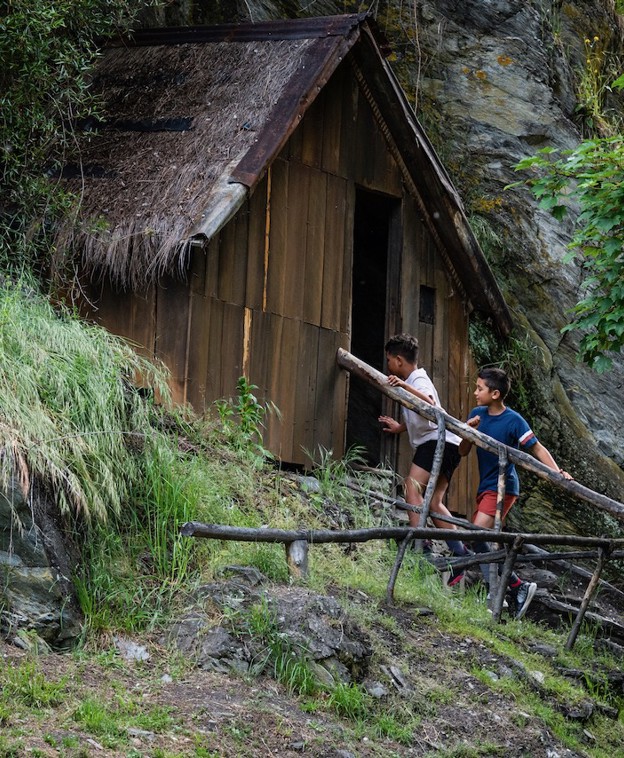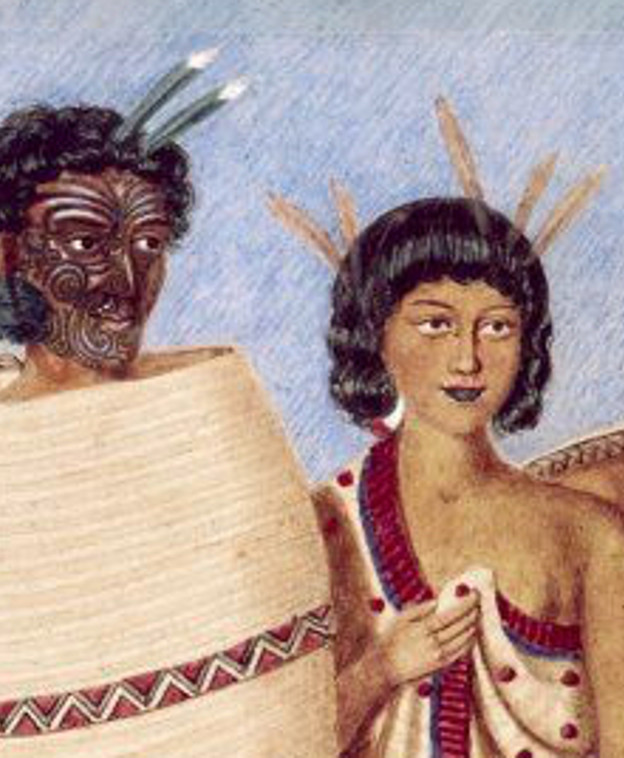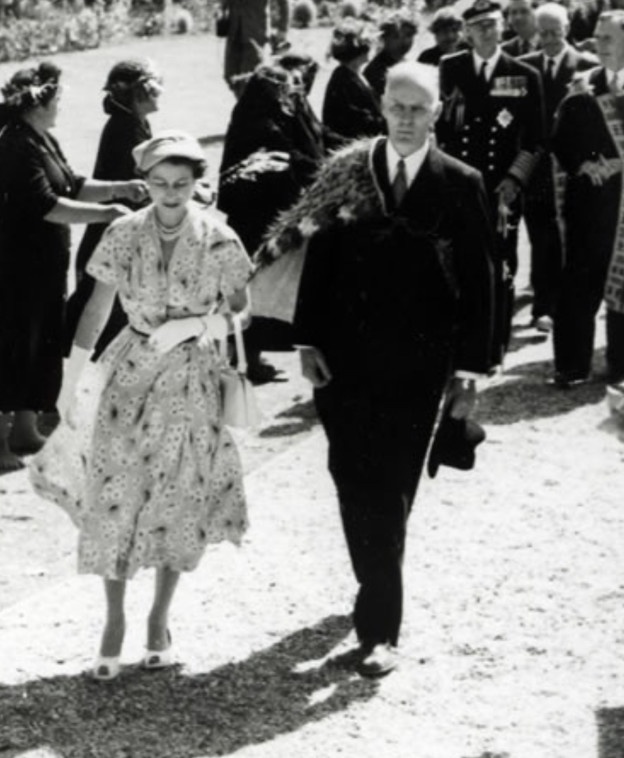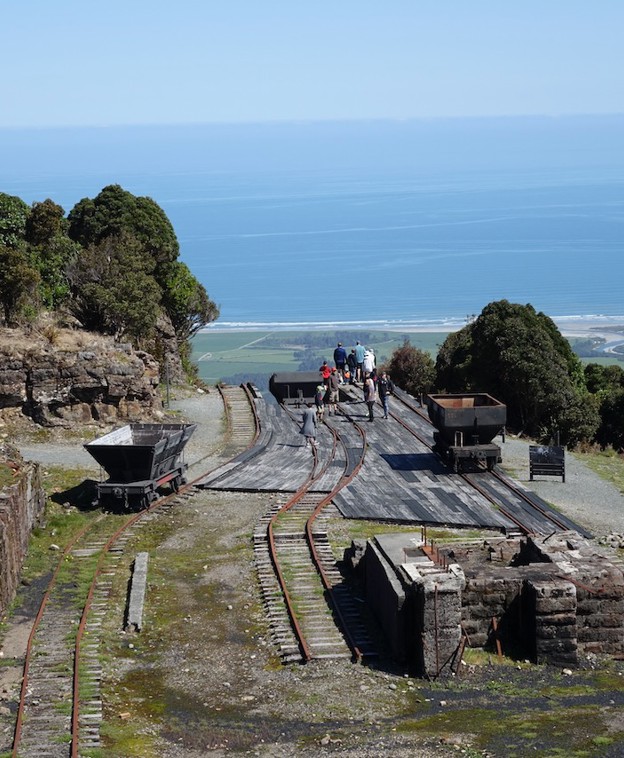Northland's premier historic places first line of defence in WWII
The 80th anniversary of the end of World War II on August 15 has deep significance for Northland given its importance as a first line of defence against an anticipated Japanese invasion from the north.
At least three historic places in the Bay of Islands, all of them Tohu Whenua and jewels in Northland’s heritage tourism crown today, played a vital role in New Zealand’s WWII defence strategy, which was thankfully never put to the test.
The top secret defence infrastructure, developed in the months after the bombing of Pearl Harbour, stretched from North Auckland through to the Far North, impacting many local communities including the historic places which are household names today.
“Not many people know it, though Pompallier Mission in Kororāreka-Russell, Te Waimate Mission in Waimate North and the Waitangi Treaty Grounds and surrounding estate all played a significant role in the plan for Northland’s defence,” says Heritage New Zealand Pouhere Taonga Northland Manager Bill Edwards.
“The military had concluded that defending the north was a priority because that was where the Japanese would most likely attack first, then head south to Auckland.”
Interestingly, the three buildings were themselves no strangers to conflict, with all of them survivors of the Northern War of 1845-46.
It was Waitangi – arguably the single most important historical site in New Zealand’s history – that was central to the defence of the Bay of Islands and the neighbouring Whangaroa Harbour during World War II.
“Defence operations at Waitangi served as the operational home to the 4th North Auckland Battalion, an infantry unit for defense and rapid response, and were central to what was known as The Box – the military administrative zone based at the southern end of the Bay of Islands,” he says.
Waitangi Camp covered the river mouth spits near the Treaty House while Cactus Camp was built on the edge of the bush a bit further to the north. Building began in February 1942 – two months after Pearl Harbour – and at least 28 buildings were constructed on the two plots. Work was completed by July 1942 when the Army occupied the site.
Interestingly, almost a century earlier, the Treaty House provided accommodation for a detachment of British officers of the 58th Regiment serving in New Zealand during the Northern War, with the surrounding area protected by defence earthworks – some of which are still visible today.
“Meanwhile across the Bay at Russell, Pompallier Mission – or Pompallier House as it was known then – was requisitioned by the Army for military use as an officers’ mess in 1942-43,” says Bill.
A photo held by Russell Museum Te Whare Taonga o Kororāreka depicts Officers of the 2nd Battalion, Auckland Regiment standing in a group in front of Pompallier House sometime during the war. The unmistakeable shape of the building can be seen in the background.
“Pompallier Mission’s distinctive printery was built a hundred years before the Army moved in, and over the years had been repurposed as a family home – so it was already historic at the time of the Second World War,” says Bill.
“Interestingly, in 1943 – and at the height of the war – the Government bought the building for the nation, and ‘Pompallier House’ became a public monument open to visitors in the late 1940s.”
Like Waitangi, Pompallier Mission also had previous military pedigree. Along with Christ Church it was the only survivor of the sacking of Kororāreka in 1845.
About half an hour’s drive away from Waitangi, Te Waimate Mission was also central to Northland’s World War II defence plans.
Built in 1832 as the Church Missionary Society’s inland mission and model farm designed to teach Māori European farming techniques, the Te Waimate mission house is New Zealand’s second oldest building. In 1845, however, it also felt the impact of the Northern War becoming a billet for hordes of unwanted British troops following a disastrous attack on Pene Taui’s pā at Ohaeawai in July 1845.
Almost 100 years later, the same area found itself hosting more military personnel – this time the New Zealand Army.
“Although the actual Mission House itself was not used by the military, the surrounding area was central to the planned defence of Northland and had a strong military presence,” says Bill.
“Military facilities were built among the already established road network connecting settlements and farms, as well as the east and west coasts. An anti-tank regiment was established In the Te Waimate area – a mobile and relatively independent force that had the capacity to respond to invasions quickly using the roads leading to possible points of landing.”
In addition, the 20th Field Regiment – a fighting infantry unit – was based here, close to the historic mission. Just down the road at Remuera, close to Ohaeawai, the Māori 2nd Battalion had their camp with the Remuera 9th Ambulance Camp nearby.
The historic places reflected how World War II impacted communities in Northland.
“People had a very localised view of what was going on in their immediate area, though often entry to these places was restricted with information about them tightly controlled,” says Bill.
“What people didn’t understand, however, was that their own local military facility was a small piece in a much larger jigsaw that made up Northland’s comprehensive defence network.”
The full extent of that network was top secret, and only recently quantified as a result of two volunteer researchers, Jack Kemp and Dr Bill Guthrie, who worked with Heritage New Zealand Pouhere Taonga to access files that had been held in Archives since World War II.
“What they found revealed the full picture of the defence network in Northland, giving us an idea of how extensive this actually was. Only a few people would have been privy to that information during the war, and for the first time since the war years we could see what the defence network looked like,” says Bill.
“With the 80th anniversary of the end of World War II, it’s fascinating to reflect on the fact that some of our most treasured heritage places in Northland – including Waitangi itself – played a key part in New Zealand’s defence strategy during World War II.”
